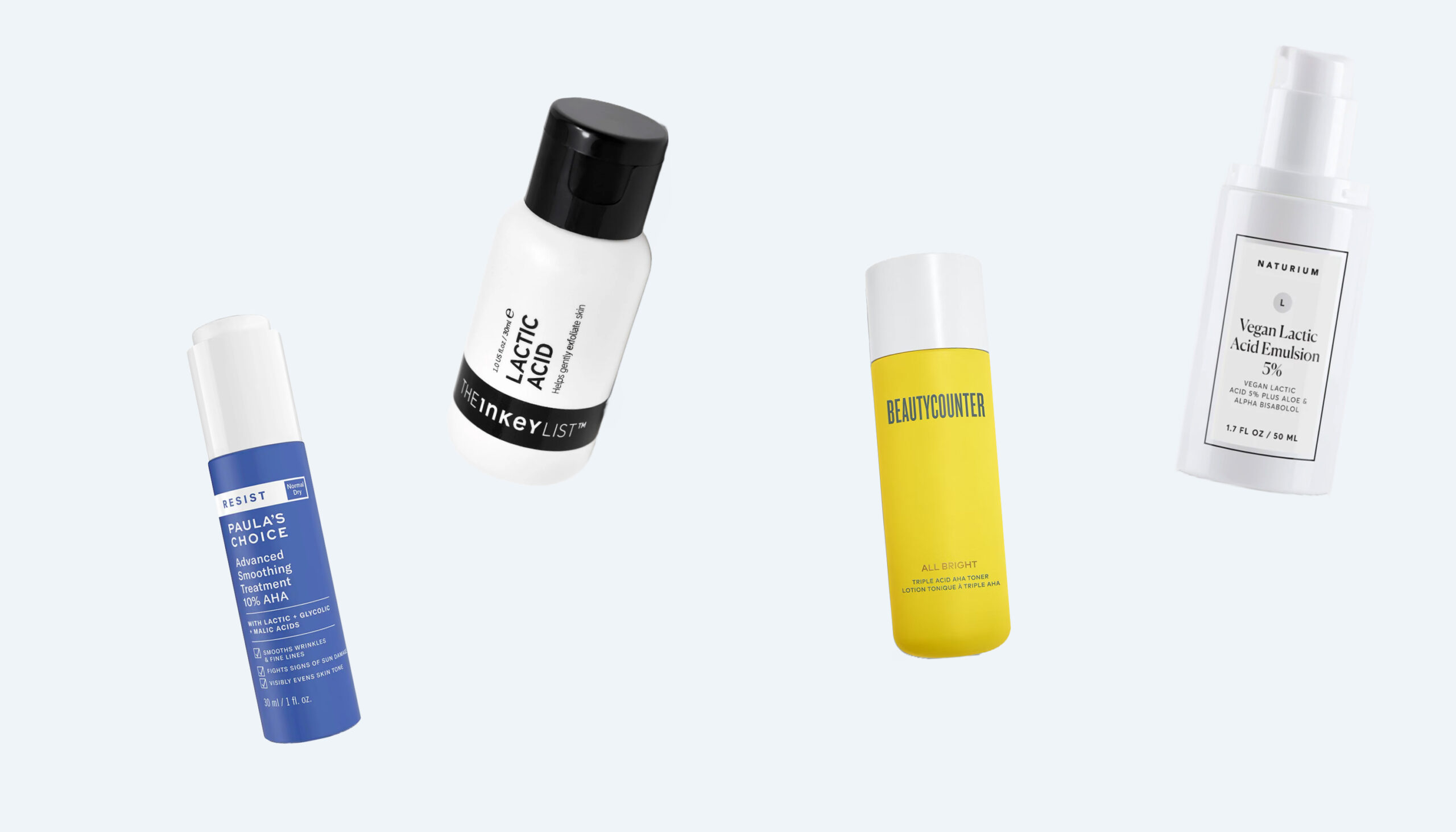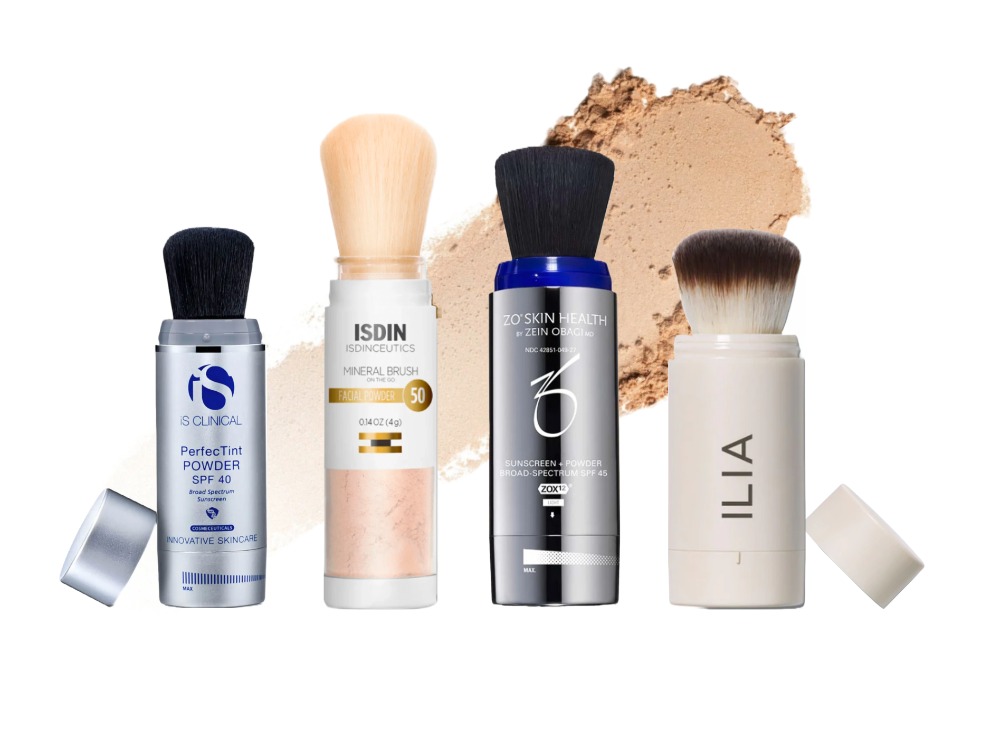From their ingredients to their efficacy, the sunscreen debate continues to be a big point of contention as many consumers have concerns regarding their safety. “Sunscreens are still effective and safe” says Greenwich, CT, dermatologist Kim Nichols, MD. “The days of thinking they are toxic are outdated.”
You May Also Like: 9 Sunscreens That Double As Skincare
Myth 1: Sunscreen is toxic.
It may help save your skin from the sun, but in recent years, sunscreen has faced some negative connotations. In particular, the ingredients have been under fire for causing health problems and increasing the risk of cancer, while nanotechnology (used in sunscreens to prevent active ingredients from leaving a white residue on the skin) has been questioned for its safety. Most dermatologists will agree that none of these associations are fair ones and the American Academy of Dermatology (AAD) concurs, taking the official stance that, “No published studies show that sunscreen is toxic to humans or hazardous to human health. Preventing skin cancer and sunburn outweigh any unproven claims of toxicity or human health hazard from ingredients in sunscreens.”
Myth 2: “Organic” sunscreens are better.
Cincinnati, OH, cosmetic chemist Kelly Dobos says referring to sunscreens as “natural” or “chemical” is not the best way to categorize active ingredients that provide SPF. “A better categorization is organic, which doesn’t mean a ‘Whole Foods–type’ of organic or natural product, but the chemistry definition, meaning that the molecules contain carbon,” she says, and adds that, in her opinion there’s currently only one “good” organic UVA absorber approved in the U.S. and it’s not particularly stable, so if you see an “organic” sunscreen, it’s probably referring to all the other ingredients that make up the formula. “Many people also don’t realize that the inorganic materials used in sunscreen, such as zinc oxide and titanium dioxide, are also chemicals and synthetic as it’s an FDA requirement.” The AAD also doesn’t tend to categorize sunscreen this way; instead, they break it down by chemical, which protects the skin by absorbing the sun’s rays and typically contains oxybenzone or avobenzone, versus physical, which protects by deflecting the sun’s rays and contains the active ingredients titanium dioxide and/or zinc oxide. They also stress that one is not better over the other and the most important factor to consider is making sure the sunscreen is broad-spectrum to protect against both UVA and UVB rays.
Myth 3: Experts recommend physical sunscreens over chemical ones.
Holly E. Taggard, CEO and founder of Supergoop!, says her company offers both types of sunscreens in its line because she feels strongly that it’s not a one-size-fits all situation when it comes to your skin. Dr. Nichols says she also doesn’t recommend one type over the other to patients. “When applied correctly [you should be using at least a shot-glass size for the full body], one is not more effective than the other. As long as you wear a SPF of at least 30 every day, I do not have a preference for my clients to use one over the other!” The one warning the AAD does give regarding chemical sunscreens is that, if you have sensitive skin, sunscreens with non-chemical ingredients will prevent irritation.
Myth 4: The ingredients in chemical sunscreens, in particular, interfere with hormones.
This is one really scary sunscreen association but also one that most experts will tell you doesn’t have much merit. “There are many, many ingredients associated with sunscreen,” says New York dermatologist Rebecca Baxt, MD. “Some people say some of them interfere with hormones in the body [the thinking is that the ingredients in sunscreens can be hormone disrupters], but there is no great evidence to show that, although I do still recommend zinc-based sunblocks. They tend to be white and creamy and many people don’t like them, but they are the safest, as zinc is an inert substance, and they work really well.” Dr. Baxt does stress that whatever kind of sunscreen you choose, to apply it on thick and then reapply every two hours, or even an hour if you swimming or sweating. “And don’t forget the tops of the feet, and back of the neck and the ears.”
Myth 5: Even if chemical sunscreens are effective in protecting your skin against the sun’s rays, they don’t do much else.
Dr. Nichols says there are actually a few added bonuses associated with chemical sunscreen formulations: “For starters, less product is needed to protect the skin because there is no risk of ‘spaces’ between the sunscreen molecules after application. Plus, chemical sunscreens are usually combined with other ingredients, such as peptides and enzymes, which offer added benefits, while also protecting the skin.” But one side effect that’s not-so-great that’s important to point out: “Some people have specific contact allergies to some of the ingredients in popular chemical sunscreens,” she says.

















